Discover how to boost student enrollment by optimising each stage of the admission funnel—from awareness to enrollment. This guide covers proven strategies, real-time examples, and data-driven insights to help institutions attract, engage, and convert prospective students more effectively in today’s competitive higher education landscape.
Table Of Contents
Introduction
The higher ed game in 2025 is no longer just about attracting applicants—it’s about winning their trust, engaging them meaningfully, and converting interest into enrollment. With shifting demographics, Gen Z’s rising expectations, and fierce competition among institutions, it’s time for colleges to rethink how they grow and optimise their admissions funnel.
Application volume is booming: The 2024–2025 cycle saw an 8% spike in college applications, with over 4 million submitted through the Common App. Texas alone recorded a massive 32% increase, with Florida close behind, highlighting regional surges. Today’s students are applying to 6.1 schools on average, and applications from first-generation, underrepresented, and low-income groups are growing rapidly.
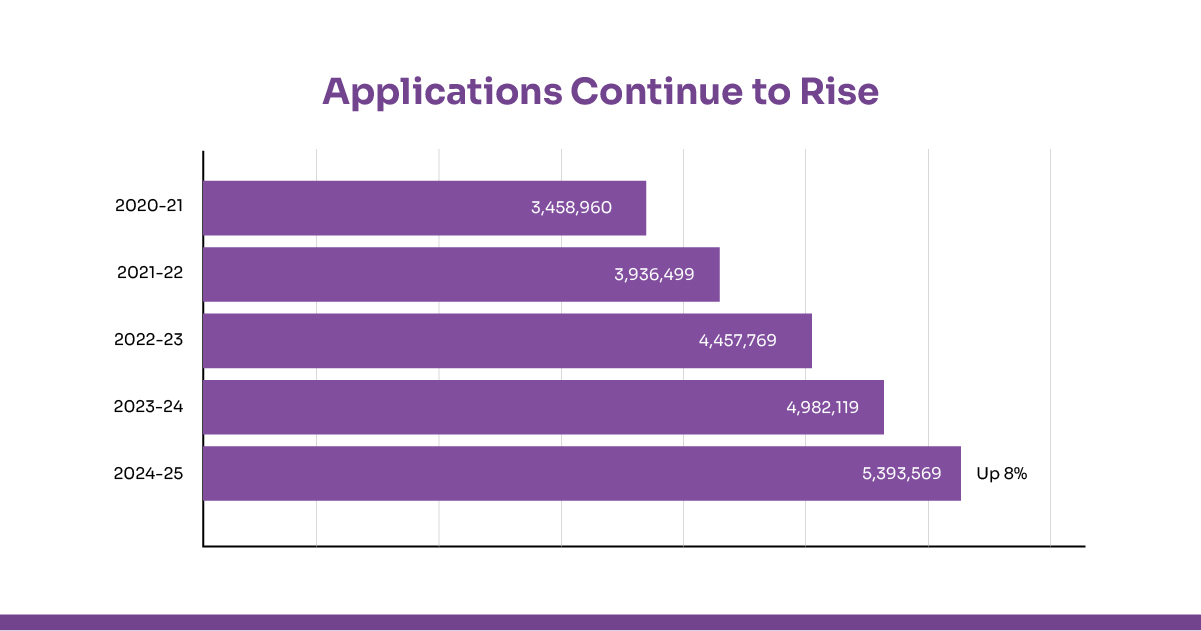
Meanwhile, the “enrollment cliff” narrative is shifting. According to NSCRC data, undergraduate enrollment has increased by 4.5%, primarily driven by community colleges and public institutions. Even graduate programs and private for-profit universities saw a 3% uptick.
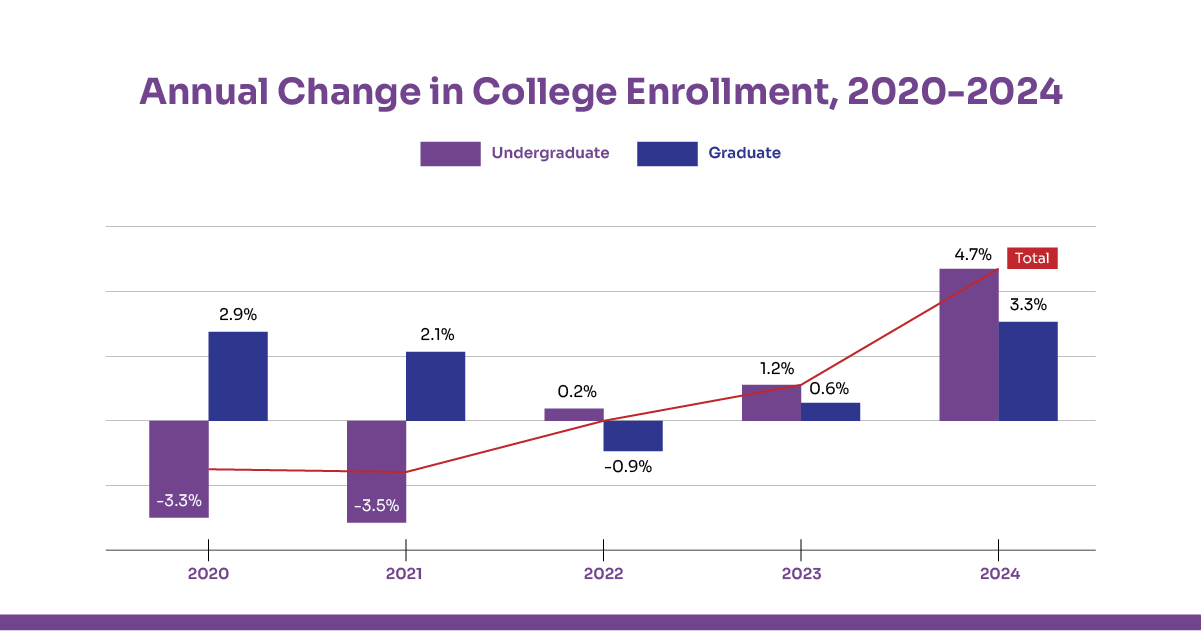
And here’s the twist—50% of applicants submitted standardised test scores for the first time since 2021, showing that test-optional isn’t one-size-fits-all anymore.
To thrive in this dynamic landscape, institutions must adopt personalised recruitment, data-driven strategies, and career-focused pathways. The future belongs to those who build not just a wider funnel but a smarter one.
The Rapidly Changing Landscape of Admissions
The world of college admissions is undergoing a full-scale transformation. From AI-driven application evaluations to test-optional policies and DEI initiatives, 2025 is reshaping how students apply and how universities select. It’s no longer just about grades—it’s about grit, goals, and digital footprints.
Here’s a clear and concise explanation of the changing landscape of admissions in 2025:
1. Demographic Shifts
- Declining birth rates in many countries (especially the U.S., Japan, and South Korea) are shrinking the traditional college-age population.
- Institutions are now targeting non-traditional learners, such as working professionals and international students, to fill the gap.
2. Increased Global Competition
- Increasing numbers of students are exploring international education, resulting in intense competition among universities worldwide to attract top talent.
- Countries like Canada, Germany, and the Netherlands are gaining popularity due to affordable education and favourable visa policies.
3. Digital-First Engagement
- Students expect personalised, digital-first experiences—from virtual campus tours to AI-powered chat support.
- Universities are investing in CRM tools, automation, and virtual outreach to enhance the applicant journey.
4. Test-Optional Movement
- Many colleges have adopted test-optional or test-blind policies, reducing the emphasis on standardised exams like the SAT, ACT, and even the GRE.
- This shift aims to create more holistic and equitable admissions processes.
5. Focus on Skills over Scores
- Increasing weight is being given to portfolios, internships, extracurriculars, and real-world experiences.
- Alternative credentials like micro-credentials, certifications, and MOOCs are gaining recognition.
6. AI & Predictive Analytics in Admissions
- Universities use AI tools and data analytics to predict enrollment trends, student success rates and personalise outreach strategies.
- This improves both yield rates and student fit.
7. Diversity, Equity & Inclusion (DEI)
- Admissions teams are actively working on building diverse cohorts, considering socio-economic, racial, and geographic backgrounds.
- More scholarships and access programs are being introduced to level the playing field.
8. Career Outcomes Matter More
- Students and parents are now more focused on ROI—placement rates, internship opportunities, and post-grad salaries.
- Admissions materials now highlight career pathways and alumni success stories more prominently.
9. Value-Based Decisions
- Students are choosing institutions that align with their values, such as sustainability, social justice, or innovation.
- University branding now includes missions around climate change, ethics, and impact.
10. Rolling & Flexible Admissions
- Traditional deadlines are being replaced with rolling admissions or multiple intake windows.
- This offers greater flexibility to students and better enrollment management for institutions.
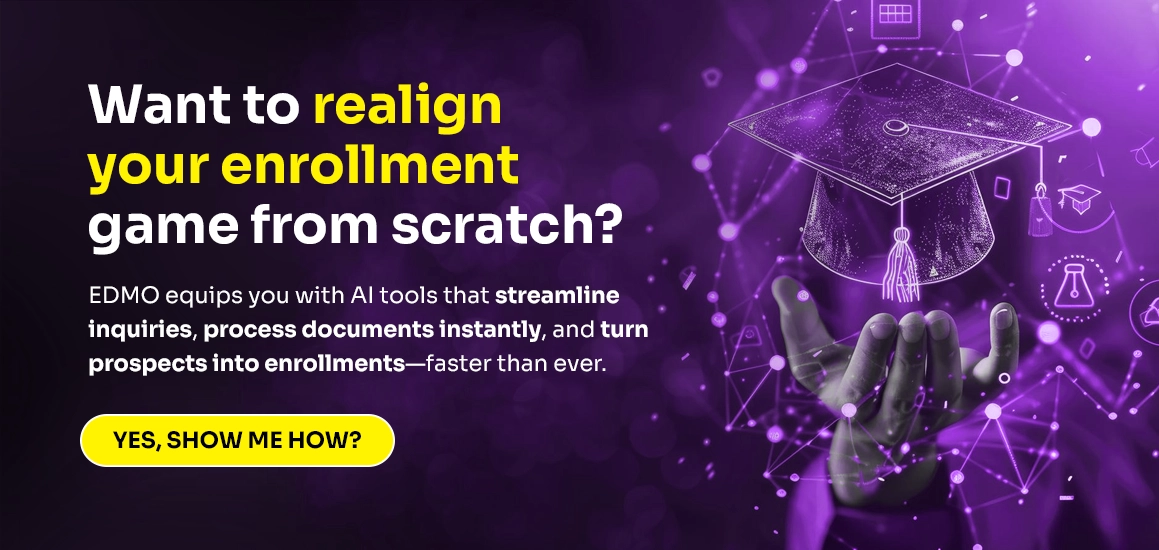
What is the Admission Funnel?
The admission funnel (also called the enrollment funnel) is a model that represents the step-by-step journey of a prospective student, from their first interaction with a university to actually enrolling in a program.
Think of it like a marketing or sales funnel—but for higher education.
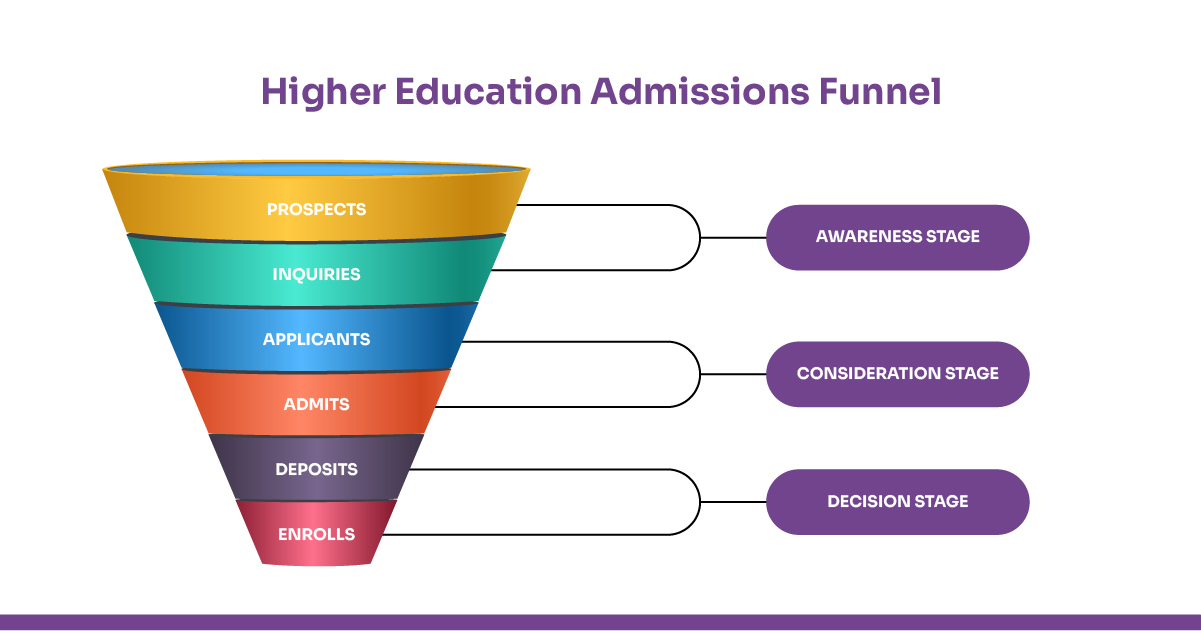
Stages of the Admission Funnel:
1. Awareness (Top of Funnel – TOFU)
Goal: Get on the student’s radar
- The student becomes aware of the university through advertisements, social media, websites, education fairs, rankings, and other means.
- Universities target a broad audience at this stage.
Example: A student in India sees a YouTube ad about studying in Canada.
2. Interest
Goal: Engage and educate the student
- The student begins researching programs, tuition fees, campus life, career outcomes, and other relevant factors.
- Universities offer webinars, downloadable brochures, emails, and virtual tours.
Example: Student attends a virtual session or downloads a course guide.
3. Consideration (Middle of Funnel – MOFU)
Goal: Build a relationship and earn trust
- The student compares different universities and may reach out with questions.
- Universities use email nurturing, student counsellors, and testimonials to stand out.
Example: A student contacts the admissions team to understand visa options.
4. Application (Bottom of Funnel – BOFU)
Goal: Get the student to apply
- The student applies and pays the fee.
- The university may support with checklists, document help, and reminders.
5. Admission Decision
Goal: Offer Acceptance
- The university sends an offer letter, a rejection, or a waitlist decision.
- Some may also offer conditional admission (pending test scores or documents).
6. Enrollment (Final Step)
Goal: Convert admitted students into enrolled students
- The student accepts the offer, pays the deposit, applies for a visa, and registers.
- Universities may provide pre-departure help, visa support, and onboarding sessions.
Marketing Magic: Why Every College Needs an Admissions Funnel Strategy
The admissions funnel is critical in higher education marketing because it helps universities attract, engage, and enroll students more effectively, especially in today’s competitive and changing landscape.
Here’s why it matters:
1. Targets the Right Students at the Right Time
- Each stage of the funnel requires a different message and approach.
- Helps marketing teams create personalised campaigns based on where a student is in their journey (awareness, interest, or decision).
Right message = Higher chances of conversion.
2. Helps Track Performance and Optimise Efforts
- The funnel gives data and metrics at every stage—clicks, downloads, applications, conversions, etc.
- Teams can identify bottlenecks (e.g., lots of interest but low applications) and fix them.
Data = Smarter decisions and better ROI.
3. Improves Student Engagement
- Knowing what students need at each stage helps universities provide the right content, answers, and support.
- This builds trust and connection, improving the likelihood of enrollment.
Better engagement = More enrollments.
4. Boosts Enrollment & Yield Rates
- With rising competition and declining demographics, managing the funnel properly helps institutions convert more leads into students.
- Focus on nurturing prospects means fewer drop-offs in the enrollment process.
Strong funnel = Better conversion & yield.
5. Maximises Marketing Budget Efficiency
- Instead of spending blindly, universities can invest in the most effective channels and content based on funnel analytics.
- Helps reduce cost-per-enrollment over time.
Smarter spending = Higher returns.
6. Enables Automation & Scalability
- The funnel structure works well with CRM systems, email automation, AI chatbots, and virtual counsellors.
- Makes it easier to scale recruitment efforts across countries and student types.
Automation = Less manual work, more impact.
7. Supports Global & Diverse Recruitment
- Different regions may behave differently in the funnel.
- Understanding the funnel helps tailor campaigns for domestic, international, undergrad, or grad students.
Custom strategies = Broader, more diverse reach.
In 2025, with the decline in traditional student populations, test-optional policies, and digital-first behaviours, the admissions funnel is no longer optional—it’s a strategic must for every university that wants to stay relevant and competitive.
15 Effective Strategies to Maximise the Admissions Funnel
In today’s competitive higher education landscape, getting a student’s attention is just the beginning — the real challenge lies in guiding them from the first click to campus! That’s where the admissions funnel becomes your ultimate secret weapon. From building awareness to sealing the enrollment deal, each stage of the funnel needs a sharp strategy, thoughtful engagement, and a whole lot of personalisation.
Here are 15 evidence-based strategies to maximise your admissions funnel:
1. Visual Storytelling & Video Landing Pages
- Embedding videos on landing pages can boost conversions by 86%, with 30% of high-performing pages using videos.
- Example: Virtual campus tours that showcase student life and facilities, leading to longer page visits and improved engagement.
2. Chatbots for Instant Engagement
- Prospective students expect responses within the same day, and chatbots can help—Georgia State’s “Pounce” saw 90% engagement and answers in under 7 seconds.
- Example: Use AI chatbots on your portal to field FAQs immediately and escalate complex queries to counsellors.
3. Marketing Automation with Persona-Based Campaigns
- National College of Ireland saw a 247% increase in leads after integrating HubSpot and focusing on personas.
- Example: Automate email follow-ups when a student downloads a brochure—with messaging tailored to their program interest.
4. Intelligent Segmentation & Lookalike Audiences
- Segmenting by interests, geography, and behaviour and targeting “lookalikes” improves lead quality.
- Example: Run Facebook ads targeting students similar to current engineering enrolled students.
5. Mobile Optimization
- With over 60% of interactions happening on mobile devices, responsive websites and portals are essential.
- Example: Ensure your application portal is mobile-friendly, with an easy “save & return” feature.
6. Retargeting Campaigns
- Retargeting ads perform up to 10× better than standard display ads.
- Example: Serve display ads reminding users to complete their application after they’ve visited but left the form.
7. Retargeting Campaigns Student Ambassadors and UGCs
- Authentic student-created content boosts trust—testimonial videos, social posts, and takeovers are persuasive.
- Example: Host Instagram “day in the life” takeovers by current students in targeted programs.
8. Content Marketing & SEO
- Over 90% of students start with search engines, so SEO-optimised blogs and guides are critical.
- Example: Publish articles like “How to finance engineering in Delhi” with targeted keywords.
9. Data-driven Funnel Analysis
- Tracking drop-offs and conversions at each stage helps optimisation. A 30% application completion rise was seen by a U.S. college via simplified forms & reminders.
- Example: Analyze portal data to find the step where applicants most often stop and fix friction.
10. Simplify Admissions Process
- Streamlined, step-by-step portals reduce drop-off.
- Example: Use clear progress bars, embedded FAQs, and intuitive navigation.
11. Personalized Outreach
- Tailoring emails by program interest, geography, or demographics increases engagement. Similarly, EDMO’s Conversation Intelligence revolutionises student interactions through AI-powered chatbots and voice assistants. These tools offer real-time, personalised support across multiple channels, from admissions inquiries to financial aid guidance.
- Example: For international prospects, highlight visa support and alumni careers abroad.
12. Live & Virtual Events
- Live sessions and webinars resonate with Gen Z and build deeper connections.
- Example: Virtual open houses with faculty Q&A and live student chats.
13. Transparency around Finances
- Clear financial info and calculators ease decision-making.
- Example: Include a “net price calculator” and real scholarship stories to lower anxiety.
14. Predictive & Academic Analytics
- Analytics tools, like Purdue’s Course Signals, predict at-risk students and enable timely interventions.
- Example: Use funnel analytics to trigger targeted outreach (e.g., SMS reminders) for stalled applicants.
15. Strategic Enrollment Management Software
- CRM systems like Ellucian, TargetX, and EMASPro help manage inquiries-to-enrollment workflows.
- Example: Automatically schedule follow-ups, track student touchpoints, and flag high-fit leads.
Read more: Enrollment Tools: Best Student Enrollment Management Software & Systems
Summary
In 2025, college admissions isn’t just about getting noticed—it’s about building trust, personalising engagement, and converting curiosity into commitment. With Gen Z expecting digital-first experiences and a record-breaking 4 million applications submitted through the Common App, universities are in a race to stand out. Texas saw a 32% spike in applications, while enrollment trends are shifting—community colleges and public universities are bouncing back with a 4.5% rise.
But here’s the twist: despite test-optional policies, 50% of students submitted test scores again. The game is evolving fast, and so should your strategy.
Enter the admissions funnel—a roadmap from awareness to enrollment. Institutions that win are using AI chatbots, video storytelling, retargeting, predictive analytics, and personalised outreach to maximise every stage. The future belongs to colleges that don’t just widen the funnel but smarten it. Because in this era, it’s not about more leads—it’s about the right ones.
At EDMO, we streamline the enrollment and admissions process. Picture responding to inquiries in under a minute and reducing the application timeframe from several weeks to just a few hours. Our tools lower staff workload by 40% and boost the application-to-enrollment rate by five percentage points.
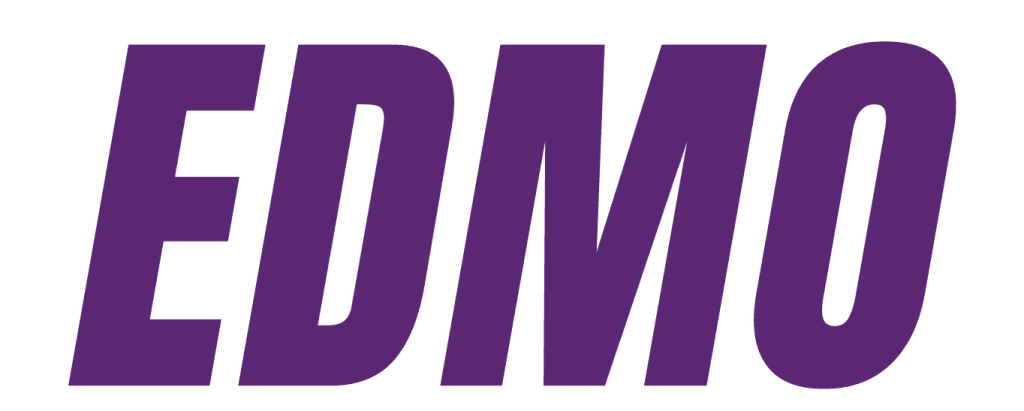
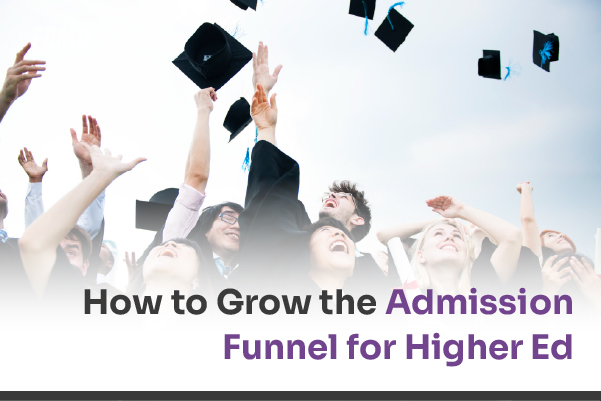


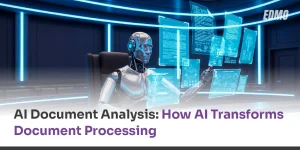
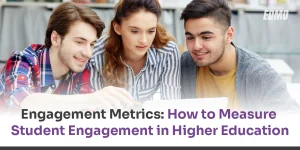
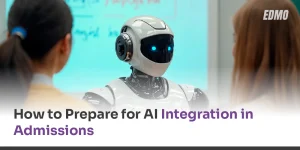
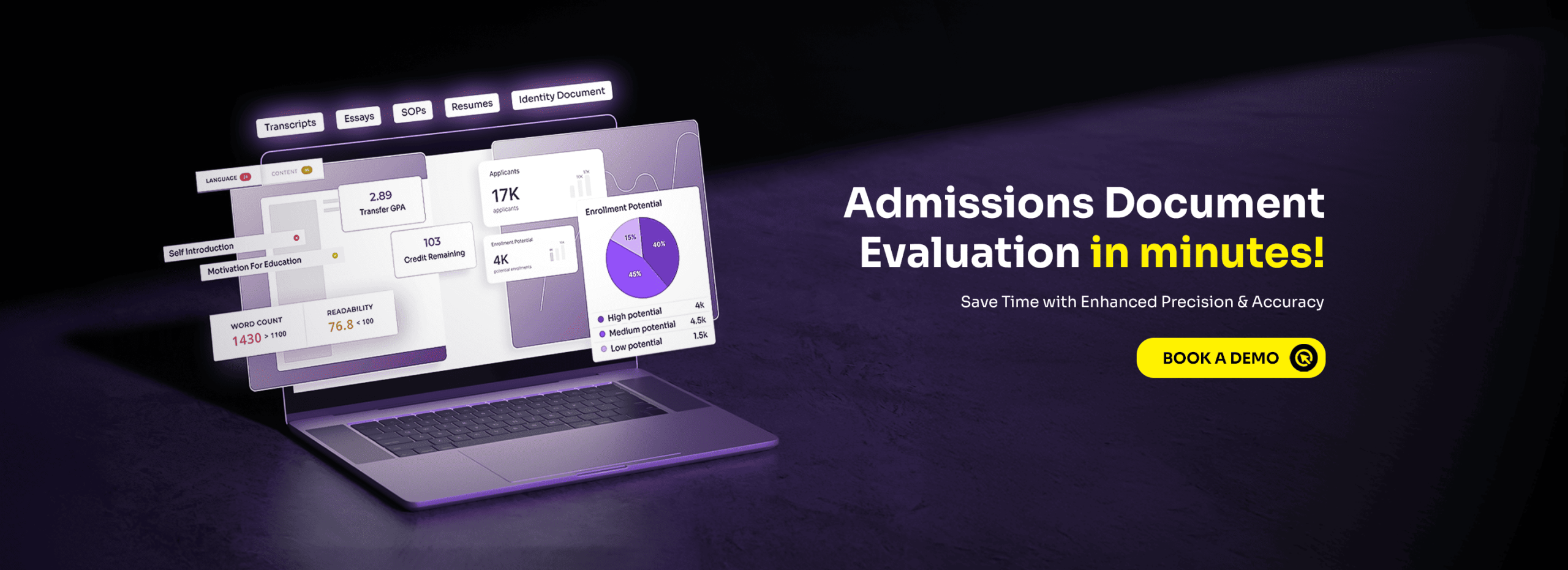
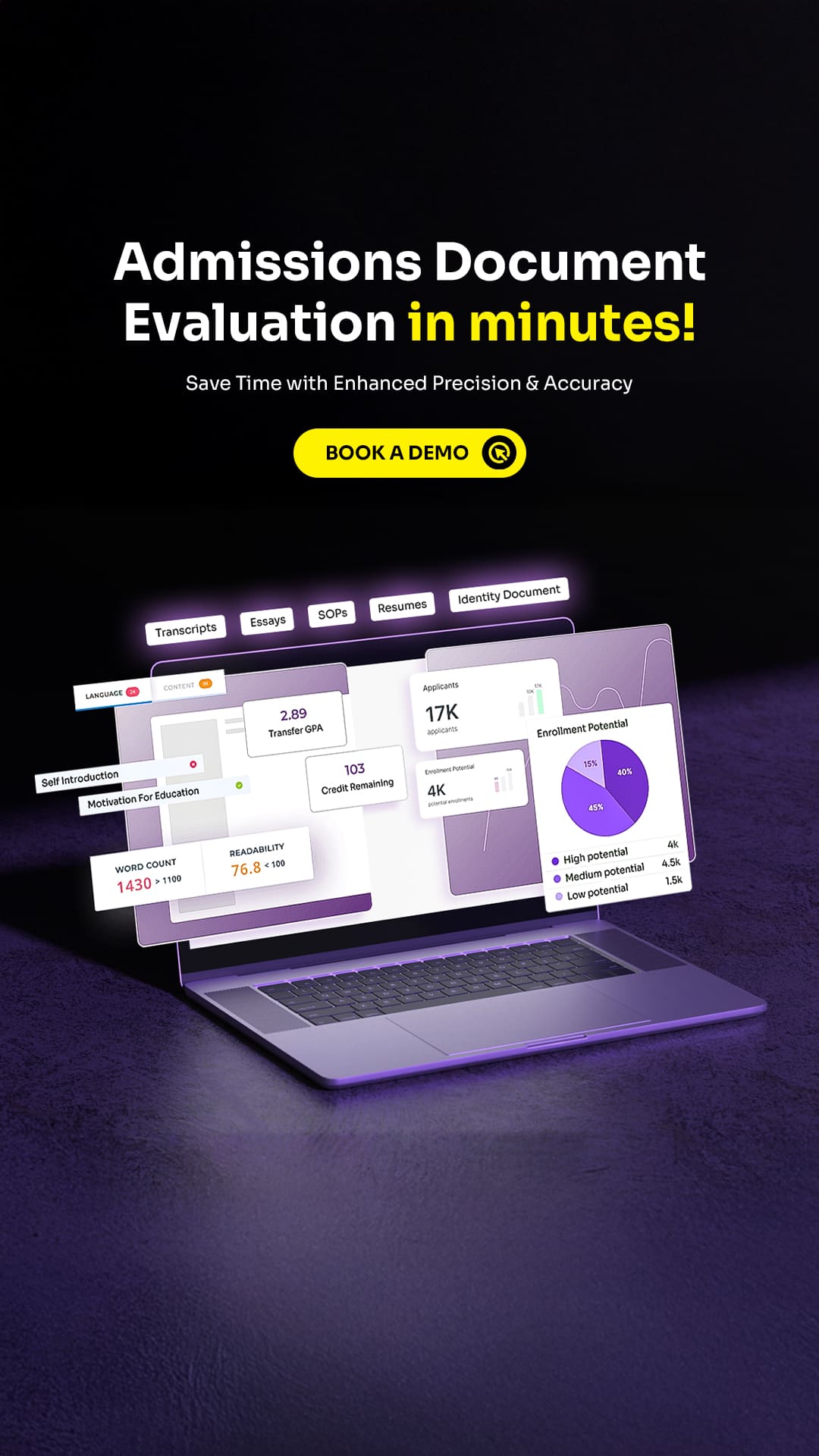
No comments yet. Be the first to comment!
Leave a Comment